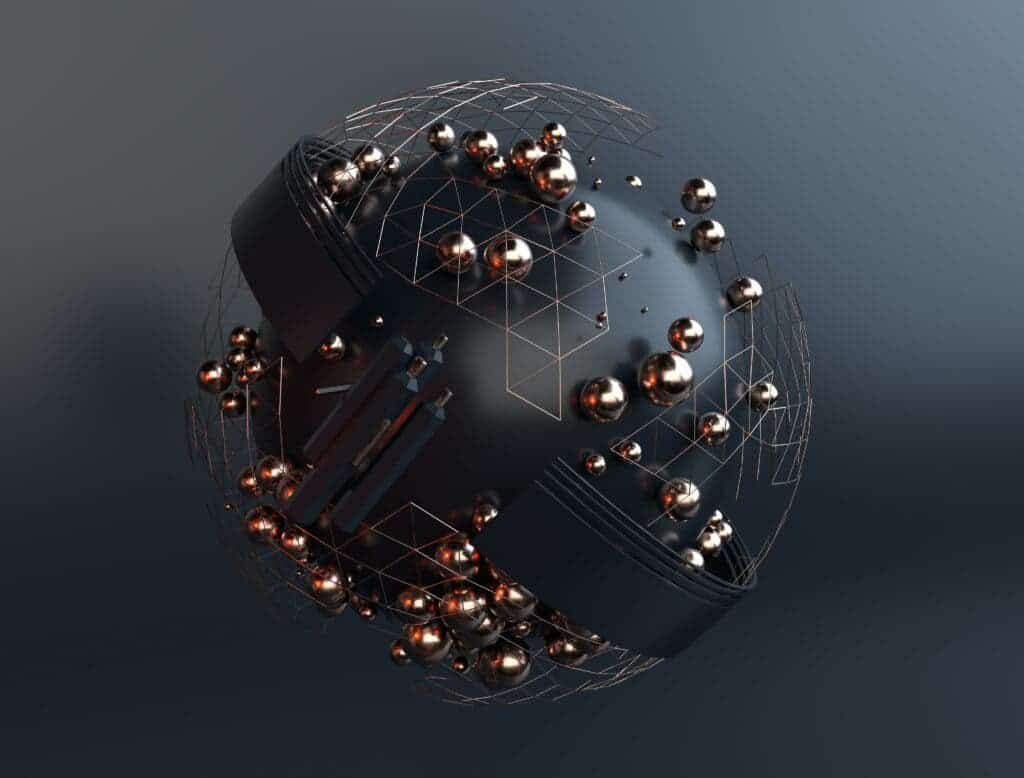Swarm robotics is a budding field concerned with the use of multiple autonomous robots for performing a particular function. For the first time, a group of scientists at Hokkaido University, Japan, have demonstrated that a swarm of molecular robots can be used to deliver cargo, showing that molecular-sized robots can collaborate to complete a task.

Strength in numbers
The demonstration marks a landmark moment in the field, as the molecular robots developed by the team of researchers in Japan are claimed as the world’s first working micro-sized machines capable of swarming together. Some five million robotic units were constructed by the researchers, and together, the robots successfully transported polystyrene beads having diameters as large as 30 micrometers.
A single unit could only carry beads of sizes up to three micrometers, but with the robots working together, they can achieve much more — which is why researchers are so interested in developing these collaborative swarms of molecular robots.
A molecular robot is essentially a system that converts energy obtained from an external source (such as light, electricity, or a chemical) into motion. The molecular robots constructed by scientists at Hokkaido University are basically biological molecular machines.
Professor Akira Kakugo, who led the demonstration alongside Dr. Mousumi Akter, told ZME Science that a molecular robot is an integrated system “formed through the combination of different molecular parts or devices that may work as actuators, processors, and sensors.” In this case, the actuator that propels the robots is kinesin (a protein), DNA is the compressor, and an organic photoactive molecule (azobenzene) acts as a sensor.
In the presence of visible light, azobenzene directs the DNA to form double strands and initiates swarm formation with the microtubules (exposure to UV light can dissociate the swarm). Meanwhile, Kinesin motors transport the microtubules.
While explaining the swarm formation, Professor Kakugo emphasized the role that DNA plays in the system:
“DNA plays one of the main roles as the swarming of these molecular robots was realized by utilizing the molecular recognition ability of the DNAs in controlling their local interactions.”
The researchers compared the transport distance and transport volume covered by a single robot and the swarm separately and found out that the efficiency of swarms was five times greater than that of the single molecular unit.

The researchers want to give brains to the molecular robots
But this is only the beginning for the research team. After successfully demonstrating the transportation ability of their micro-machines, the scientists at Hokkaido University now look forward to adding more powerful sensors and introducing artificial intelligence in the molecular swarm system so that the micro-robots could have strong eyesight and perform multiple complex tasks together. Professor Kakugo explained that the next step is to make the robots smarter:
“We believe it is also possible to introduce brain-like units or artificial intelligence to these robots by adding multiple molecular units (molecular reservoir system, molecular computing system) or sensors and that is our next step,” the researcher explains.
Kakugo and his team believe that molecular robots have great potential. In the near future, they could be used as an effective means to transport cargo, deliver drugs, collect micro-contaminants from the environment, and assemble nano-parts. Moreover, such robotic swarms can also benefit molecular power-generation devices and micro-devices which detect pathogens.
There is no doubt that molecular robot swarms can transform industries like healthcare and robotics. The demonstration by Dr. Akter, Professor Kakugo, and their team is a fantastic start in this direction. However, the development and implementation of highly-efficient molecular robots are much more complicated than that of life-sized robots. So it would be interesting to see which kind of robots first become mainstream in the future — the swarms or the “droid” types.
The study was published in Science Robotics.


